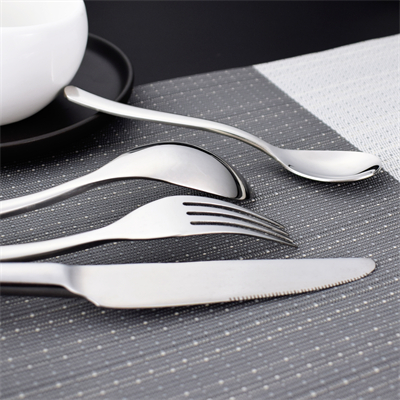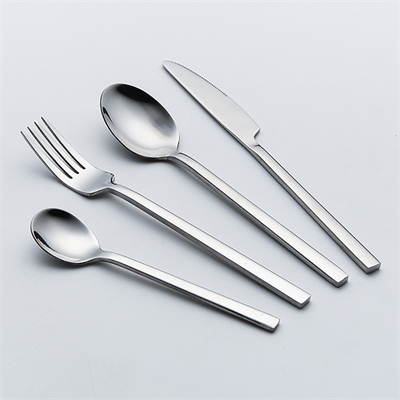A table knife is a commonly used tool for people to eat Western food, and is often used together with a fork. A table knife consists of a handle and one or more blades for cutting food.
Before the 17th century, Europeans used sharp daggers to cut food. It is said that in the 17th century, the French cardinal Richelieu saw that the ministers at the banquet used the tip of a dagger as a toothpick and thought it was very unsightly. So he ordered the tip of the knife to be rounded. In this way, the table knife on the western table is now produced.
With the improvement of living standards, people have higher and higher requirements for the quality of table knives. The variety of products on the market makes it difficult for consumers to judge whether the knife is good or bad. The relevant standards of table knives are provided to consumers for reference.
Table knives must not have sharp edges, notches, burrs, sharp points, edges and corners, or breakage. Except for the knife teeth, other parts should not be sharp. The knife edge is sharp, the teeth are evenly opened, and the tooth spacing is in line with the drawing. Holding the handle of the knife and applying 20N force can cut a sheet of 80gA4 paper.
The surface of the knife is ordinary cloth wheel light, bright light effect. White light is allowed, and the overall brightness must be uniform. The knife pattern must be the same as the drawing or the confirmed sample. The protruding parts of the handle and neck should not be over-polished. The pattern of the knife is clear and obvious, and a slight pattern is allowed to be blurred. The blur area cannot be larger than 1CM*CM.
















